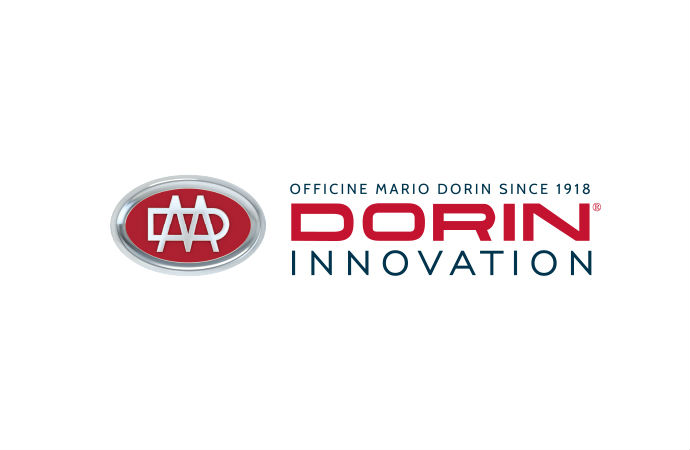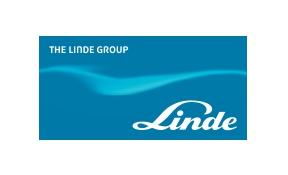The US EPA anticipates to have new listings this summer under its Significant New Alternatives Policy (SNAP) Program for more refrigerant alternatives without use conditions, and later this year proposed rules in a couple of more sectors, according to a presentation at the ‘ATMOsphere America 2012’ conference in Washington DC. The EPA hinted that it will also be determining whether or not venting of hydrocarbons from refrigerators and stand-alone retail equipment will be permitted.

Cindy Newberg, Chief of Alternatives and Emissions Reduction Branch Office of Atmospheric Programs, U.S. Environmental Protection Agency (EPA) updated participants at the ‘ATMOsphere America 2012 - the Business Case for Natural Refrigerants’ conference in Washington DC last week (12-13 June 2012) on the latest developments with the Significant New Alternatives Policy (SNAP) Program.
Current SNAP reviews
The SNAP program currently has 15 to 20 active reviews. The EPA is looking at a number of refrigerants across the board. Some are HFCs, some are HFOs, some are non-fluorinated, including hydrocarbons and CO2. The Agency is also looking at a variety of end-uses.
Some end-uses that are moving fairly quickly and the EPA will be able to have some final determinations this year include:
- Residential AC
- Vending machines
- Retail food refrigeration
In a subsequent presentation by Richard Maruya, of A.S. Trust & Holdings that has developed R441A, a blend of pure hydrocarbons approved for use in domestic refrigerators, informed participants that he has:
- Applied for EPA SNAP approval for refrigerated transport application
- Awaiting EPA SNAP approval for multiple additional applications
Potential action to allow HC venting from domestic and stand-alone refrigerators
Newberg noted that the Clean Air Act requires no venting of ozone depleting substances or their substitutes. Currently there is an exception for CO2, as well as hydrocarbons in industrial use. Now that hydrocarbons have been found acceptable in domestic refrigeration and stand-alone equipment, the Agency has to look at this particular application to determine whether or not it will take action to lift the venting prohibition.
SNAP seeks lower overall risks
Ms Newberg reminded participants that the program does not look for risk-free alternatives, but rather lower overall risks, looking at aspects such as ozone depletion and global warming potential, flammability, toxicity, local air quality, occupational and consumer health and safety, etc.
For example if there is a flammability concern, the Agency will look into whether it is really a risk that is unusual and carry out a fault-tree analysis. “We will look at the worst case scenario and then work backwards from that scenario, to really think practically how will this be used, where will this be used, can it be used safely?”, said Newberg.
US EPA: do not wait until you have all the answers - come to us early
Newberg noted that applications may be filed not only by chemical producers, but also end users, equipment providers, while occasionally the US EPA has submitted applications themselves, such as in the case of recent ruling on R744 in motor vehicle air conditioning (final rule published 6 June 2012).
“At the SNAP programme we are really dependent on the people in this room and others to come to us to tell us what alternative you are interested in using, what you think will be the next generation substitute”, said Newberg.
“But do not wait until the (SNAP) application is complete to come to us, come to us early”, she noted, as often the situation occurs whereby interested parties hesitate to submit a substance as they might not have all the answers to all the cases of the application right from the beginning.
MORE INFORMATION
Related stories











